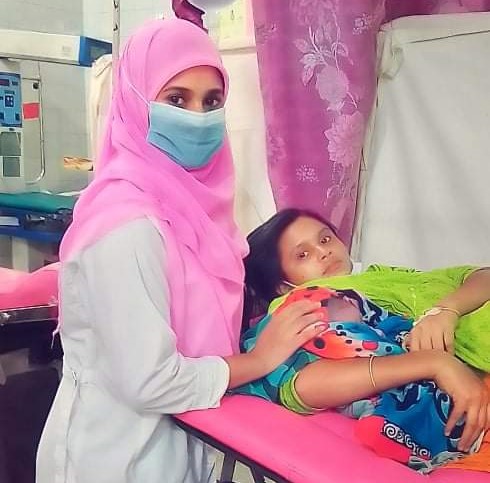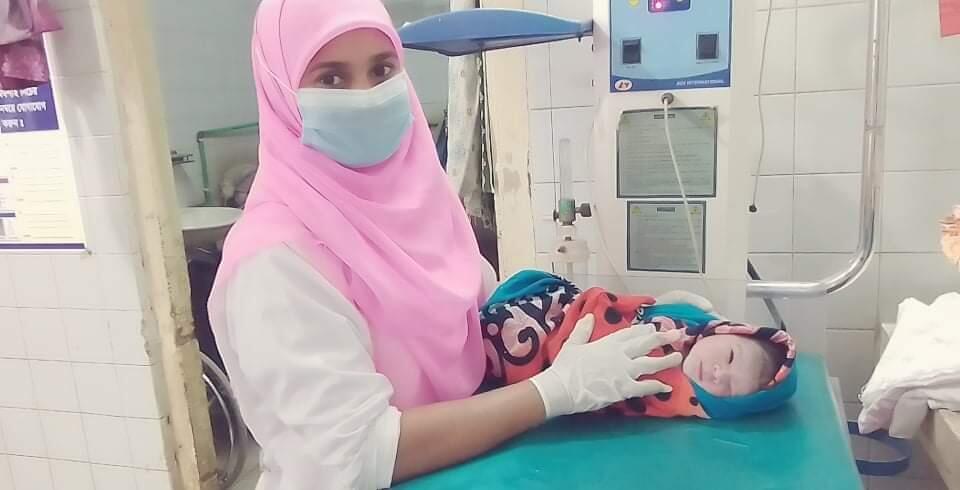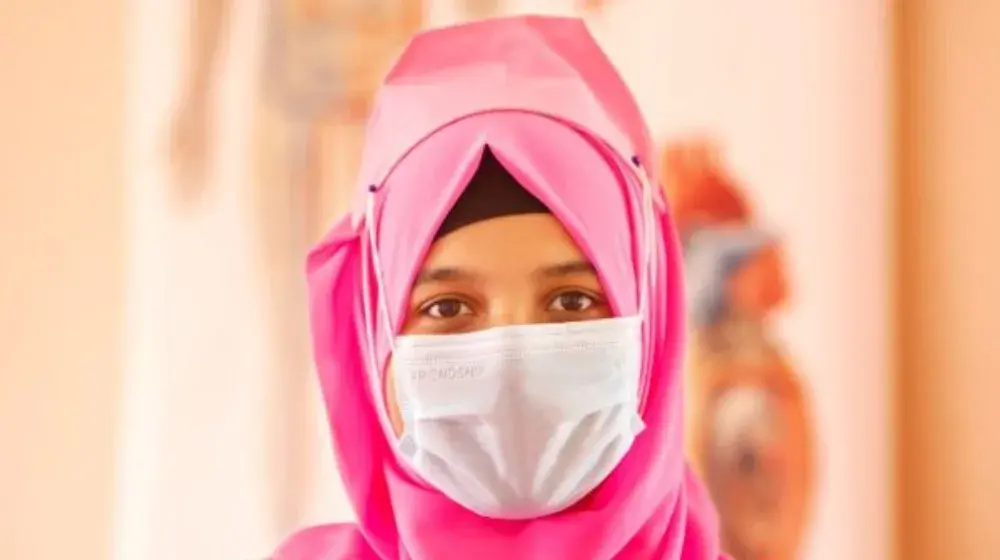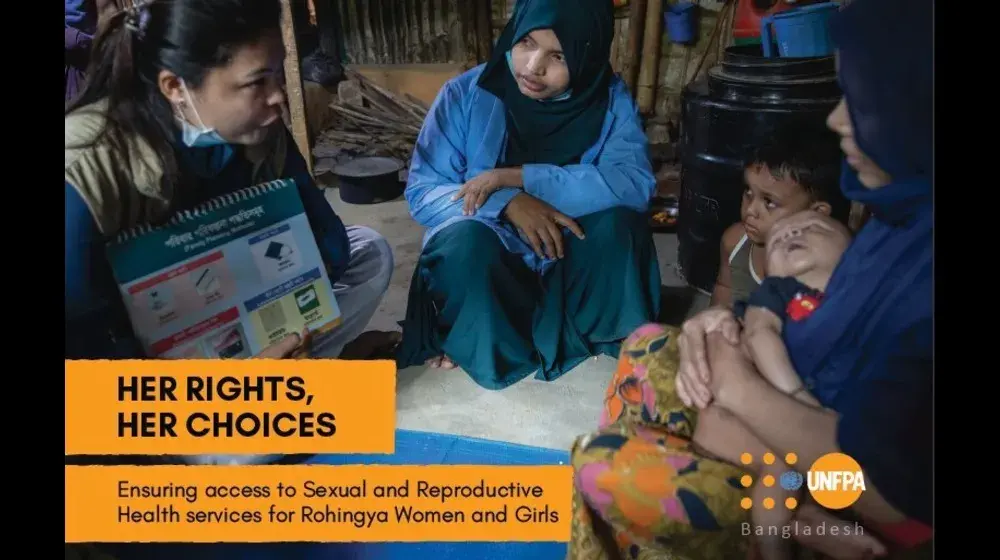“What are they going to do about our studies?”
This was the question that occupied the mind of midwifery student Arafin Mim, when the COVID-19 pandemic began to spread in Bangladesh a year ago. With the national government declaring all schools closed in March 2020, it was clear that her studies would not continue as per normal for some time.
“I was mentally depressed. I immediately called my teacher and friends to see what we could do,” Arafin describes her feelings at the time.
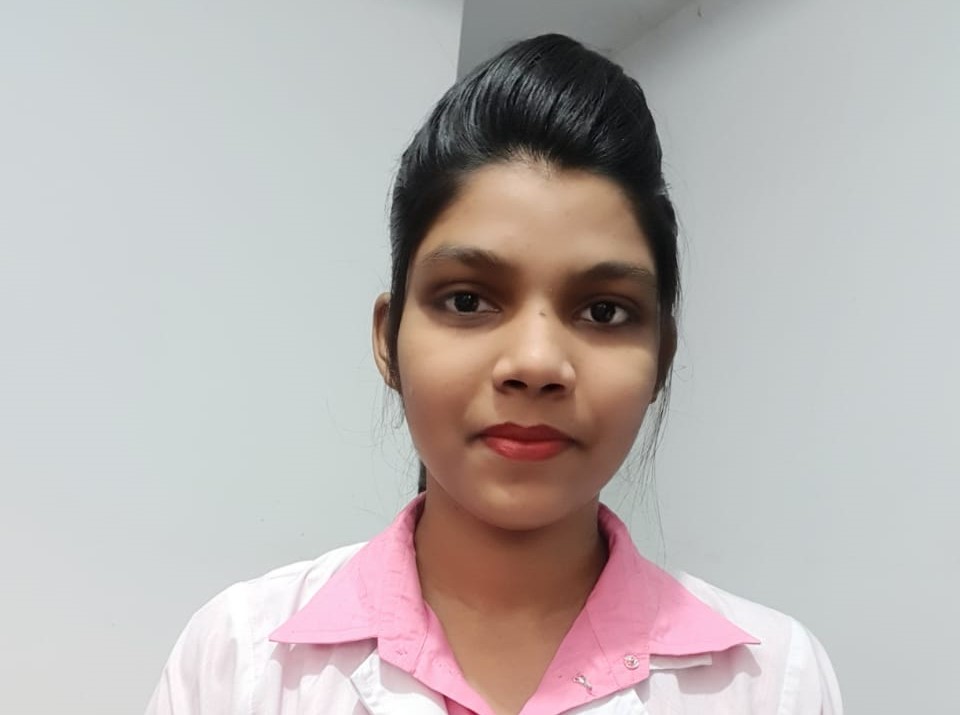
With the services of midwives being more crucial than ever during the pandemic, UNFPA and the government of Bangladesh were adamant about finding a solution that would enable the midwifery students to continue their learning and graduate in time to protect the lives of mothers and newborns amidst COVID-19.
After considering multiple approaches, an idea for a “flipped classroom” model was devised. While traditional remote learning would have involved the students attending online classes at specific times, this approach was not possible due to many of the students having unreliable access to the internet. In the flipped classroom model, the students would first read the materials for each class themselves and then be assessed for having understood it, thus allowing the students more flexibility to work around the technological limitations.
In Bangladesh, the flipped classroom process was divided into three assignments for each class. After reading the materials and resources, the student completed the first two assignments, the first being a reflective assignment to verify the students’ understanding and the second an assignment sent to the teacher for assessment. In this stage, the students also often demonstrated what they had learned by teaching the material they had studied to other midwifery students. Finally, as the third assignment, the students would have an online discussion with the faculty via Skype or Facebook, where they would be encouraged to think critically and clarify any uncertainties they had.
“It was convenient and offered us flexibility. I could form the study group with my fellow students whenever we were all able to do so. It brought education right into our homes”, Arafin says about the arrangement.
Despite her satisfaction, Arafin is also quick to emphasize that the process was not without its frustrations. “I don’t think remote education can be the long term solution,” she says. “Even with the flexibility with timing, students still sometimes struggled with internet connectivity and their data expiring. Considering the extreme pressure we were under though, this was the best solution we could have come up with.”
The students themselves were incredibly proactive in finding ways to address these issues. They shared phones, took photos of assignments and had other students upload them online, as well as found hotspots to access the internet if they didn’t have it available at their homes. This spirit of solidarity enabled many to cope with the inevitable technological problems posed by remote education.
While UNFPA is still in the process of evaluating the success of the programme, the results of the mock licence exam the 3rd year students took at the end of 2020 are promising. With about 75% of the results in, only 7 schools scored worse in the exam than in 2018 or 2019, which is impressive considering the lack of clinical education the students had during the entire year of 2020.
When the Ministry of Health and Family Welfare finally allowed 3rd year students to return to clinical training in January 2021, Arafin was over the moon:
“I cannot express the feeling I had in words. Never have I ever had such motivation to perform my duties. Whenever I reassure a mother who has just delivered that she and her baby are safe, my heart leaps with joy,” she exclaims.
